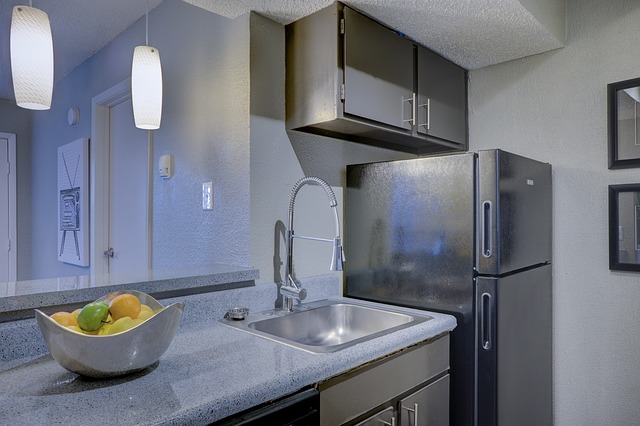How to Find a Good Neighborhood to Live
Choosing and buying a new house is almost as important as picking the neighborhood where that new house is located. Forget about noisy neighbors; you want to be sure that wherever you move to has low crime rates, a great school district, and access to various shopping centers and playgrounds for your children.
Buying a house should also be factored in as you would want to move to a place that offers lower monthly mortgage payments then your gross income. Fortunately, this is just the article you’ve been looking for to show you how to find a good neighborhood to live in.
Tips to Determine a Good Neighborhood to Live in
1. Know Your Budget
Budgeting should be a common practice among those looking for a new house, but most of the time, it is not, and that’s why several financial catastrophes occur later on in our lives. To know whether you have the income to afford a new house for yourself, you’ll need to work with a mortgage professional and a broker. Once you’ve decided upon the purchase price and down payment, a great broker will look up the most appropriate neighborhood that matches your budget.
2. Inquire About Crime Rates
When choosing a neighborhood, safety is of the utmost priority for most home buyers. Not only does an area with low crime rates make inhabitants feel safer, but it also pushes up property values in the long-term.
When inquiring about the crime rate of the neighborhood you’re going to move into, a good rule of thumb is to reach out to the local law enforcement agencies. Besides that, you can also Inquirer through websites like SpotCrime and CrimeReports. And just to be sure there aren’t any sex offenders in the area as well, run the address of your potential neighborhood at the National Sex Offender Registry. If not that, you can also drive by a couple of times around the area to check for noise and traffic.
3. Look Into the Schools That are There
If you have kids of your own or plan to have them sometime in the future, Been looking for the right school is another thing that goes into how to find a good neighborhood. For any general information regarding enrollment statistics or student/teacher ratios, visit the National Center for Education Statistics website. For a more detailed look into local schools, visit greatschools.org – it features reviews from both students and parents.
Even if you don’t have kids, choosing a home within a good school district makes it more likely for your home to appreciate in the years to come. Read more to learn about crime rates, schools, and house budgeting in the city of Brampton here.
4. Inspect Absorption Rates
A neighborhood’s absorption rate from last year is another essential detail to consider, whether through local brokers or real estate websites. If you don’t know what it is, an absorption rate lets us know about a market’s pace and consists of the listing inventory and the number of sales.
To calculate a neighborhood’s absorption rate, you need to take a neighborhood’s total number of listing inventory and then divide by the number of monthly sales. The results you get will let you know whether the neighborhood’s sales activities are doing good or bad. In other words, an absorption rate gives us a feel of the market, which is more important than price.
5. Take a Look Around
To get a feel of the neighborhood, consider driving around the place, or if you want to save on gas, and are more comfortable with it, then walk around it instead. Doing this at different times of the day will allow you to get a sense of both the good and the bad. See whether people are making eye contact with you. If they are, then there is a possibility that this is a friendly and safe community.
Look for any abandoned buildings or vacant lots as both may be used for commercial developments that could change a neighborhood’s impression and affect property values. Also, bear in mind the speed and traffic and whether the streets are noisy or quiet.
6. Consider the Time to Commute
A new neighborhood should also let you know how long it takes to get to work or other designated areas. To understand what the real-time traffic flow is like, make use of an online map that is just Google Maps, especially when you’re commuting during peak hours. Many online maps also include an option that displays public transit routes like stops.
If you prefer walking instead of using a vehicle or other transportation modes, check out walkscore.com. This website rates a community’s walkability based on a score of 100. You’ll also find information regarding bike scores and public transportation.
7. Look at the Amenities That Exist
Besides transportation, another crucial factor to consider when going out of your house is access to parks, schools, shops, beaches, libraries, and other sorts of amenities. In other words, there should be something to do for just about anyone in a certain neighborhood where you can get just about anything for one’s fulfillment without necessarily driving or flying out of town.







